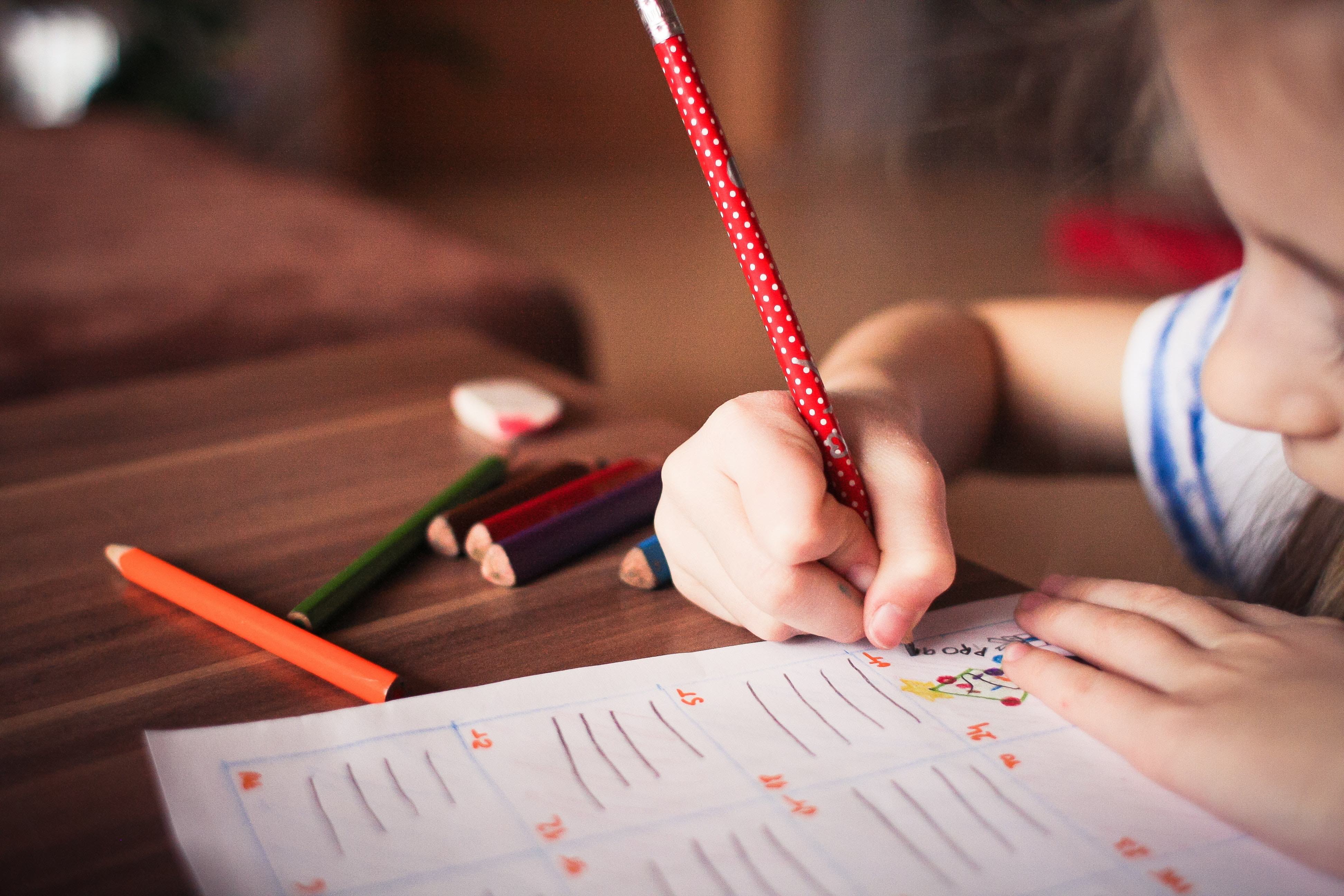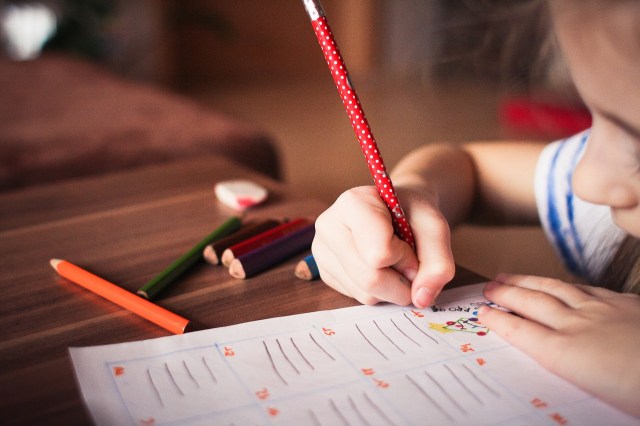
Whether we want to believe it or not, the coronavirus is here and your child will be out of school and/or therapy and at home for the next 2-3 weeks and possibly longer. For children with Autism Spectrum Disorder (ASD), this spontaneous and abrupt change is a difficult one. Trying to explain to your child why there is no school when it is not winter or summer time is difficult and confusing. What adds to the confusion is containing your child at home and not being able to go to their favorite places within the community.
During this dramatic change please keep a couple of things in mind. Children with ASD feel the non-verbal anxiety and stress of the world around them much more intensely than you do, so when you are interacting with your child it is important to stay calm and positive. Being at home with your child will take a lot of patience, creativity, resourcefulness, and positivity. Your mindset and interactions with your child will affect the way in which your child will adapt to this big change. To help with the big adjustments from school to home I have listed five ways to help children with ASD and their families adapt to the sudden changes.
1. Create a Schedule. The first thing I highly recommend for every family to do is to create a daily schedule. There are many daily schedules you can find online that you can modify to fit your lifestyle. If your child is able to participate in creating the daily schedule let them have input because their opinion is important. When creating a schedule do not schedule an activity for longer than 45 minutes. Once you create a schedule STICK TO IT! Children with ASD like sameness and routine, in fact, they thrive in it. Even if you are bored with the schedule you created, trust me your child is not. Sameness will not only keep your child calm, but it helps YOU stay accountable and structured.
2. Schedule in Breaks. Provide lots of sensory, gross motor, and physical breaks to get your child up and moving. Add in bathroom breaks throughout the day to remind your child to use the restroom. Schedule in breakfast, snacks, and lunch. Also, add in “brain breaks” and during this time it is ok for your child to engage in self-stimulatory behaviors and/or screen time. Brain breaks are times for both you and your child to take a break from one another and decompress.
3. Use a Timer. To help your child transition from one activity to another it is important to use the alarm on your phone. Using a timer is always helpful because it lets your child know when the activity is over. Each morning set all the transition times on the alarm on your phone. This helps both you and your child to stay on task with the daily schedule. A few minutes before the timer goes off give your child a verbal warning. For example, “In two minutes when the timer goes off, we will clean up math and start writing.” Your child will learn quickly that when the alarm goes off the current activity ends and a new activity will begin. Ask your child’s teacher if they sing a transitional song such as the “Clean Up” song or say a transitional phrase such as, “All Done”. Replicate that during your transitions.
4. Set Goals. Creating a homeschool schedule can be quite overwhelming. My advice is to look at the goals written in your child’s IEP and/or service plan and find worksheets or activities online to help support those goals. Also, create a personal goal that you would like your child to accomplish during the next 2-4 weeks. Whether it is having your child learn to write their name or learn to dress themselves, you will be amazed at what your child can learn while they are at home.
5. Take Care of YOU. Do whatever you need to do to take care of yourself. It may be waking up early and taking a walk around the block, drinking that extra cup of coffee, or binge-watching a Netflix show while your child is asleep. If you are not taking care of yourself, you will become ineffective when working with your child. When creating your daily schedule, add in breaks for yourself such as sitting outside for 5 minutes and taking a breath, looking on social media, eating a piece of chocolate, etc. Also, I highly recommend that you tape “Parent Prompt” cards throughout your house with positive sayings like, “You got this,” “You are doing great!” and “Breathe.” Write down any positive statements that will get you through your day and put them throughout your house where you will see them. Both you and your child are depending on it.
Now is the time for you to mind shift and think of all the positives that will come out of this unexpected break. The one positive thing to come from social distancing is that the social bond between you and your child will become stronger. This is a time for you to socially connect with your child as well as teaching them life skills that will prepare them for their future. When finding homeschool activities for your child it is important to find activities your child enjoys, but ones that also provide the structure they need to be successful.
If your child isn’t into an activity move on and find something your child enjoys. By choosing activities that your child enjoys they are more likely to stay engaged with that activity for longer periods of time as well as strengthen the social connection with you. The ultimate goal during this unforeseen break is to make memorable social connections with your child while they are learning and having fun with you. Remember you can’t control the world around you, but you can control your mindset and the interactions with your child.











